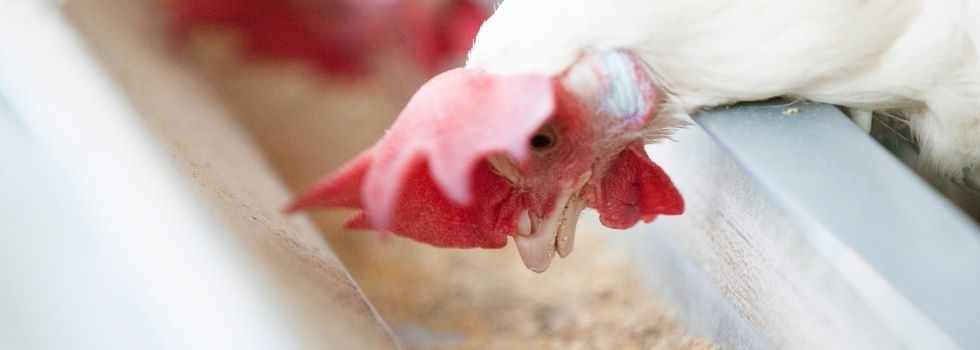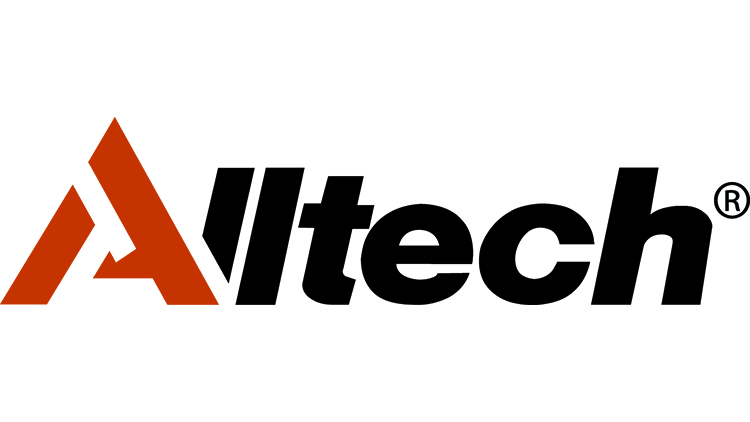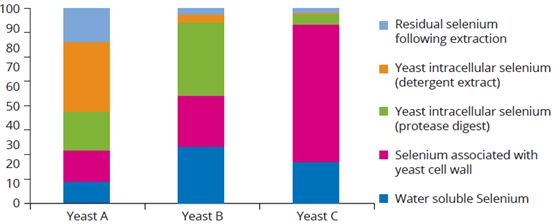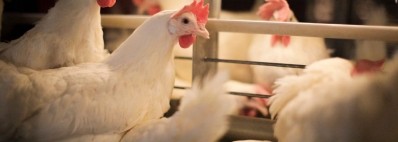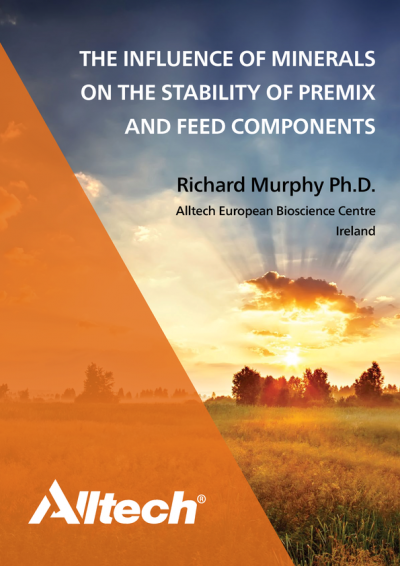Promotional Features
A nutritional approach to prolong the production cycle of aging laying hens
In the modern layer industry, the single production cycle of commercial laying hens has been extended with the continuous improvement of breeding and the deepening of nutrition research. Now they can be raised to 90-100 weeks old.
About 470 eggs per hen can be provided, and the egg laying rate can reach more than 70% with current production practices. Meanwhile, the survival rate in older laying hens can exceed 90%.
Extension of the production cycle is a good approach to the efficient utilization of resources as the benefits are both financial and environmental. For example, in the UK, 25 more eggs per bird can potentially reduce layer and breeder numbers by 2.5 million birds annually (Bain et al., 2016). In terms of the environment, it was inferred that increasing laying hen production by 10 weeks could save 1 gram of nitrogen per dozen eggs (Dunn, 2013). Meanwhile, an extended production cycle could generate more profit and save costs during the rearing period.
What is the impact of age on laying hens?
It is well known that aging has a negative effect on egg production rate in layer hens. Aside from production rate, egg quality is also affected by age, especially the eggshell quality (breaking strength) and internal freshness as measured by Haugh units (Table 1). It has been observed that the production rate at 90 weeks age was 20% lower than at 30 weeks. Similarly, livability decreased by 5% compared with 30 weeks. Haugh units at 90 weeks decreased by 14.58% compared with 30 weeks.
Age | Production rate, % | Livability, % | Egg weight, g | Breaking strength | Haugh units |
30 weeks | 94.8–96.5 | 99.3% | 61.3 | 4,540 | 93.3 |
60 weeks | 87.6–90.5 | 97.4% | 64.5 | 4,150 | 82.6 |
90 weeks | 73.0–75.8 | 93.5% | 65.3 | 3,955 | 79.7 |
Table 1: The effect of age on laying hen production and egg quality (Data from Hy-Line International)
Furthermore, older hens tend to be more vulnerable to stress and immune challenges. Compared to young birds, old laying hens have a weaker antioxidative status (Gu et al., 2021), which can affect their ability to cope with organ and tissue damage due to age-related and environmental oxidative stress.
How to prolong production and maintain egg quality in the long cycle
Aside from genetic selection for long production and strong eggshell quality, nutrition plays an important role in laying hen production. To achieve a 100-week production cycle, it is crucial to ensure the birds are well-developed in the pullet stage. Nutrition must be closely monitored throughout the production cycle, especially during the late laying period when nutrient absorption and immunity decline.
Adequate energy can meet the hen’s requirements for body growth, feather coverage and production. But overfeeding could lead to heavy hens, which negatively affects production rate and egg quality. Protein and, more importantly, amino acid balance influences egg size or weight. For longer production, however, trace minerals should also be carefully considered, even though they represent only a small proportion of feed. Research has regularly demonstrated the importance of trace mineral nutrition in eggshell quality and egg freshness.
In laying hens, trace minerals (Cu, Mn, Fe, Zn, Se) play critical functions in the formation of bone and eggshells. They help regulate the formation and homeostasis of bone tissue, which is the major calcium reserve used to create eggshells. When eggs are produced in the reproductive tract, trace minerals directly interact with calcium crystals during shell formation and affect the overall quality of the eggshell.
The importance of selenium in aging laying hens
Natural aging contributes to oxidative stress, particularly the accumulation of reactive oxygen species (ROS) in tissues and organs that cause damage to cellular membranes, organelles, proteins, and DNA. Therefore, it is crucial to neutralize ROS production by enhancing the oxidative stress response. Selenium, as an essential trace mineral, participates in the antioxidant defense system, suppressing ROS overproduction and mitigating cell damage and apoptosis in laying hens (Liu et al., 2021).
Sel-Plex® is Alltech’s proprietary organic form of selenium yeast. Two decades of research have shown that Sel-Plex, compared to other sources of selenium, is more effective at meeting the selenium requirements of modern livestock raised to meet stringent growth, reproductive performance and health standards (Abbas et al., 2022; Surai et al., 2006).
Various studies show a relationship between stress and immune response. Not only are older laying hens more susceptible to oxidative stress, but they are also more vulnerable to disease due to reduced immunocompetence. In addition to its role as an antioxidant, selenium can improve the immune response of poultry during live production due to its role in regulating inflammation as well as cell-mediated and humoral immune responses (Abbas et al., 2022). Clearly, selenium nutrition can be used as a tool to help optimize laying hen immunity, production performance, and egg quality.
One research study found that there is an interaction between microbiota and aging (O’Toole et al., 2015). The host-microbiota interaction can affect the physiological, immunological and nutritional status of the host (Kreznar et al.,2017). The links between changes in gut microbiota and selenoprotein gene expression after selenium supplementation have been illustrated in earlier findings; dietary selenium altered the composition of the gut microbiota and also influenced both the host selenium status and selenoprotein expression (Zhai et al., 2018). Studies using mice models illustrated that gut microbiota diversity was positively influenced by dietary selenium and that gut microbiota could possibly compete with its host for selenium nutrition (Hrdina et al., 2009; Kasaikina et al., 2011), thus highlighting gut microbiota sensitivity to selenium.
A recent study from China Agricultural University evaluated the effect of selenium on egg production, ileum transcriptome and microbiota in aged laying hens (Liu et al., 2022). The result was published in Animal Nutrition. Different levels and sources of selenium were supplemented in hen diets from 83 weeks of age and lasted 12 weeks. It was noted that hens fed diets with 0.30 ppm selenium as selenium yeast had a significantly higher egg laying rate at 95 weeks of age (SY 0.30, 71.96%; SS 0.45, 63.47%) and through 99 weeks of age than hens fed diets with 0.45 ppm sodium selenite (Figure 1).
Figure 1: Effects of selenium sources and levels on egg production in the late laying period.
SY: selenium yeast, Sel-Plex® from Alltech; SS: sodium selenite
Aside from the production performance improvement in aged laying hens, selenium supplementation modulated the composition of gut microbiota by increasing the abundance of several specific beneficial bacteria while decreasing the abundance of pathogenic bacteria (Figure 2). Functional enrichment analysis indicated that supplementation of Sel-Plex activated metabolic progress, immune response and oxidative stress response, which means a strong immune system and antioxidative status. In general, Sel-Plex addition in aging laying hens could improve egg production while improving gut health by modulating gut microbiota.
Figure 2: Indicator plot of relative abundance of the genera in the ileum by selenium yeast supplementation.
How to choose the right selenium
Selenium supplements are available in several forms:
- Inorganic mineral salts, such as sodium selenite or selenate.
- Organic forms, such as selenium-enriched yeast.
- Chemically synthesized seleno-amino acids and seleno-amino acid analogues.
It is well known that organic selenium has higher bioavailability, but that does not mean that all organic selenium is the same. The type and form play a crucial role in its user safety, bioavailability and efficacy.
Even though it is all called selenium yeast, different yeast strains at the genetic level can lead to fundamental differences in the selenium distribution with the cell (Figure 3). It is reasonable to expect that those different distributions may cause differences in shelf life and bioavailability.
In 2013 the European Food Safety Authority reported that L-selenomethionine is unstable in the presence of trace metal and undergoes oxidation. Compared with chemically synthesized selenomethionine, selenium yeast is more stable after seven weeks of storage in a poultry premix containing trace minerals (Concarr et al., 2021).
Among selenium yeast, Sel-Plex from Alltech is well documented regarding its safety and bioavailability in different species. Sel-Plex has proven stability in feed and less selenium loss compared with Se-Met.
Figure 3: Selenium-associated yeast fractions (adapted from Encinar et al., 2003).
Conclusions
Prolonging laying hen production is a sustainable way to provide protein sources for human consumption. To meet its genetic potential, various aspects must be addressed in the bird. Nutrition is critical for longer production cycles and the health of aged laying hens. Supplementation of Sel-Plex is an effective tool to enhance the laying rate and egg quality of aged laying hens. Choosing the right selenium source and level will also influence the laying hen’s gut microbiota, response to oxidative stress and immunity.
